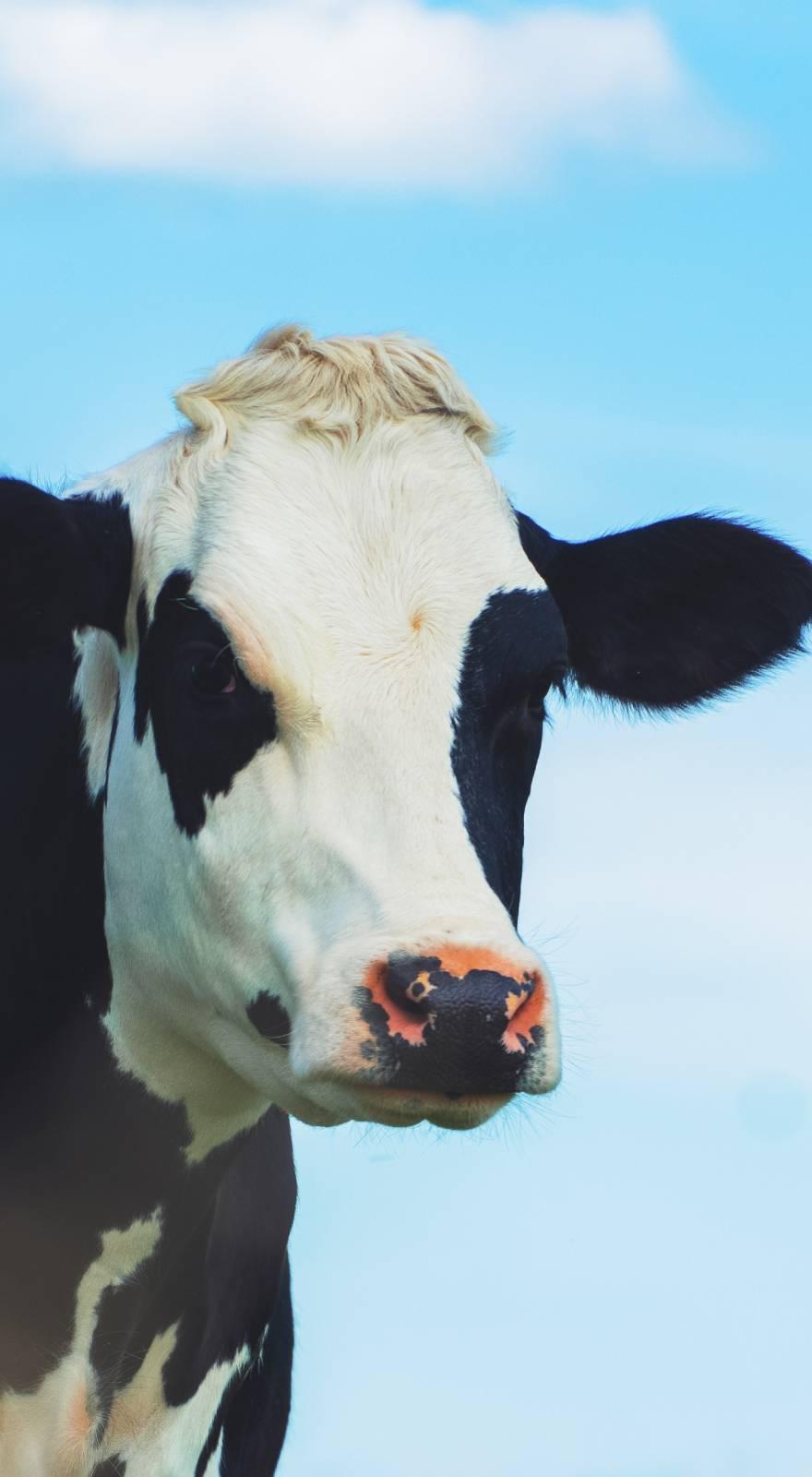Knowde Enhanced TDS
Identification & Functionality
- Chemical Family
- Agrochemical Functions
- Technologies
- Product Families
- Active Ingredient
Active Ingredient: Diflubenzuron: (((4-Chlorophenyl)amino)carbonyl)-2,6-difluorobenzamide 22.0% Other Ingredients 78.0% Total 100.0%
Features & Benefits
- Labeling Claims
Applications & Uses
- Markets
- Applications
- Applicable Crop
- Application Technique
- Insecticide Target Species
- Directions For Use
- It is a violation of Federal law to use this product in a manner inconsistent with its labeling.
- Do not apply this product in a way that will contact workers or other persons, either directly or through drift. Only protected handlers may be in the area during application.
- For any requirements specific to your State or Tribe, consult the agency responsible for pesticide regulation.
Properties
- Physical Form
Safety & Health
- Precautionary Statements
Hazards to humans and domestic animals
Wear long-sleeved shirt and long pants, socks and shoes.
Personal Protective Equipment
Some materials that are chemical-resistant to this product are listed below.
Applicators and Other Handlers Must Wear: A long-sleeved shirt and long pants; chemical-resistant gloves, such as barrier laminate or butyl rubber ≥14 mils or nitrile rubber ≥14 mils or neoprene rubber ≥14 mils or natural rubber ≥14 mils or polyethylene or polyvinyl chloride (PVC) ≥14 mils or Viton ≥14 mils, when mixing and loading and also when using hand-held equipment; shoes plus socks.
Mixers and Loaders Using Fixed-Wing Aircraft Must Wear: A long-sleeved shirt and long pants; chemical-resistant gloves such as barrier laminate or butyl rubber ≥14 mils or nitrile rubber ≥14 mils or neoprene rubber ≥14 mils or natural rubber ≥14 mils or polyethylene or polyvinyl chloride (PVC) ≥14 mils or Viton ≥14 mils, when mixing and loading and also when using hand-held equipment; shoes plus socks.
Mixers and Loaders Using Fixed-Wing Aircraft Must Wear: A long-sleeved shirt and long pants; chemical-resistant gloves, such as barrier laminate or butyl rubber ≥14 mils or nitrile rubber ≥14 mils or neoprene rubber ≥14 mils or natural rubber ≥14 mils or polyethylene or polyvinyl chloride (PVC) ≥14 mils or Viton ≥14 mils; shoes plus socks; dust/mist filtering respirator (MSHA/NIOSH approval number prefix TC-21C or a NIOSH approved respirator with any R, P or HE filter). Follow manufacturer’s instructions for cleaning and maintaining PPE. If no such instructions for washables, use detergent and hot water. Keep and wash PPE separately from other laundry. When handlers use closed systems (including water soluble bags), enclosed cabs, or aircraft in a manner that meets the requirements listed in the Worker Protection Standard (WPS) for agricultural pesticides [40 CFR 170.240(d)(4 -6)], the handler PPE requirements may be reduced or modified as specified in the WPS.- User Safety Recommendation
Users should
- Wash hands before eating, drinking, chewing gum, using tobacco, or using the toilet.
- Remove clothing immediately if pesticide gets inside. Then wash thoroughly and put on clean clothing.
- Users should remove PPE immediately after handling this product. Wash the outside of gloves before removing. As soon as possible, wash thoroughly and change into clean clothing.
Storage & Handling
- Storage and Disposal
Do not contaminate water, food, or feed by storage or disposal.
Pesticide Storage
Keep this product in its tightly closed original container. Store in a cool, dry (preferably locked) area that is inaccessible to children and animals.
Pesticide Disposal
Wastes resulting from the use of this product may be disposed of on site or at an approved waste disposal facility.
Container DisposalNonrefillable Container (rigid material; 5 gallons or less): Nonrefillable container. Do not reuse or refill this container. Offer for recycling, if available. Clean container promptly after emptying. Triple rinse as follows: Empty the remaining contents into application equipment or a mix tank and drain for 10 seconds after the flow begins to drip. Fill the container one-fourth full with water and recap. Shake for 10 seconds. Pour rinsate into application equipment or a mix tank or store rinsate for later use or disposal. Drain for 10 seconds after the flow begins to drip. Repeat this procedure two more times. Offer empty container for recycling if available, or reconditioning if appropriate, or puncture and dispose of in a sanitary landfill or by other proce dures approved by State and local authorities.
Nonrefillable Container (rigid material; larger than 5 gallons): Nonrefillable container. Do not reuse or refill this container. Offer for recycling, if available. Clean container promptly after emptying. Triple rinse as follows: Empty the remaining c ontents into application equipment or a mix tank. Fill the container one-fourth full with water. Replace and tighten closures. Tip container on its side and roll it back and forth, ensuring at least one complete revolution, for 30 seconds. Stand the container on it s end and tip it back and forth several times. Turn the container over onto its other end and tip it back and forth several times. Em pty the rinsate into application equipment or a mix tank or store rinsate for later use or disposal. Repeat this procedu re two more times. Offer empty container for recycling if available, or reconditioning if appropriate, or puncture and dispose of in a sanitary landfill, or by other procedures approved by State and local authorities.
Recycling: Once cleaned, some agricultural plastic pesticide containers can be taken to a container collection site or picked up for recycling. To find the nearest site, contact your chemical dealer or manufacturer or contact Ag Container Recycling Counc il (ACRC) at 1-877-952-2272 (toll free) or www.acrecycle.org.

